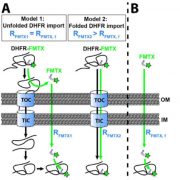
What We're Reading: August 24th
Review: X-ray fluorescence microscopy imaging
Kopittke et al. review the use of synchrotron-based X-ray fluorescence microscopy as a tool to quantify and localize diverse elements in plants. The authors describe how this method can be used to study nutrients in plants and human foods, as well as metal…
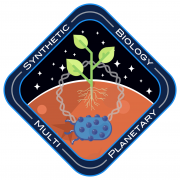
What We're Reading: August 17th
Perspective: The multiplanetary future of plant synthetic biology
The exploration of space is one of the most inspiring areas of scientific research and a major driver of technological innovation. One of the major factors limiting human expansion trough space is the immensely high cost of resupplying…
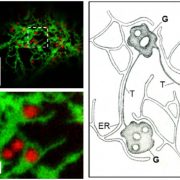
What We’re Reading: August 10
Genome assemblies of maize lines Mo17 and W22: Extensive intraspecific variation, and resource for functional biology
The maize genome is largely composed of transposable elements, which is one reason maize has been such a powerful genetic model. However, these transposons also mean that there is…
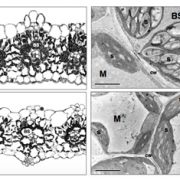
What We're Reading: August 3rd
Review: MYBs drive novel consumer traits in fruits and vegetables
The MYB transcription factors, specifically the R2R3 family of MYBs, are closely associated with the regulation of anthocyanin biosynthesis. This easy-to-score trait made MYBs some of the earliest characterized plant transcription factors.…
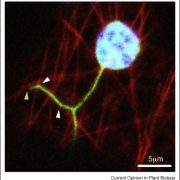
What We're Reading: July 27th
News: CRISPR gene-edited plants subject to same restrictions as GMO plants
On 25 July, the European Court of Justice ruled that “Organisms obtained by mutagenesis are GMOs and are, in principle, subject to the obligations laid down by the GMO Directive,” and “The Court of Justice takes the view,…
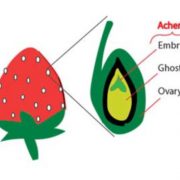
What We're Reading: July 20th
This week we have a short edition as the editor and many of the contributors have been busy at the Plant Biology meeting in Montréal, Canada. This was a hugely successful conference by all accounts. You can get a glimpse of it from the level of activity on Twitter - see #PlantBio18. Besides great scientific…
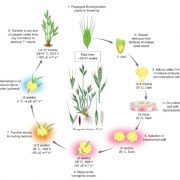
What We're Reading: July 13th
Review. Genetically encoded biosensors in plants: Pathways to discovery ($)
Genetically-encoded biosensors are produced from genes, and provide a specific readout (usually fluorescence or luminescence) of the amount and distribution of a compund of interest (the analyte). We’ve all see data obtained…
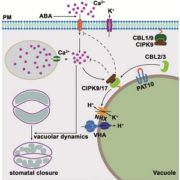
What We're Reading: July 6th
Review: Plasmodesmata- form and function ($)
Plasmodesmata are cell-cell junctions forming cytosolic bridges between neighbouring plant cells that provide an essential avenue for intercellular communication during a multitude of developmental and stress-related responses throughout the plant kingdom.…
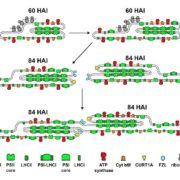
What We're Reading: June 29th
Auxin methylation is required for differential growth in Arabidopsis
Plants need to navigate and adjust their growth according to the environmental clues, such as light or gravity. Asymmetric distribution of auxin is necessary for organ bending. Abbas and colleagues show that conversion of indole-3-acetic…

